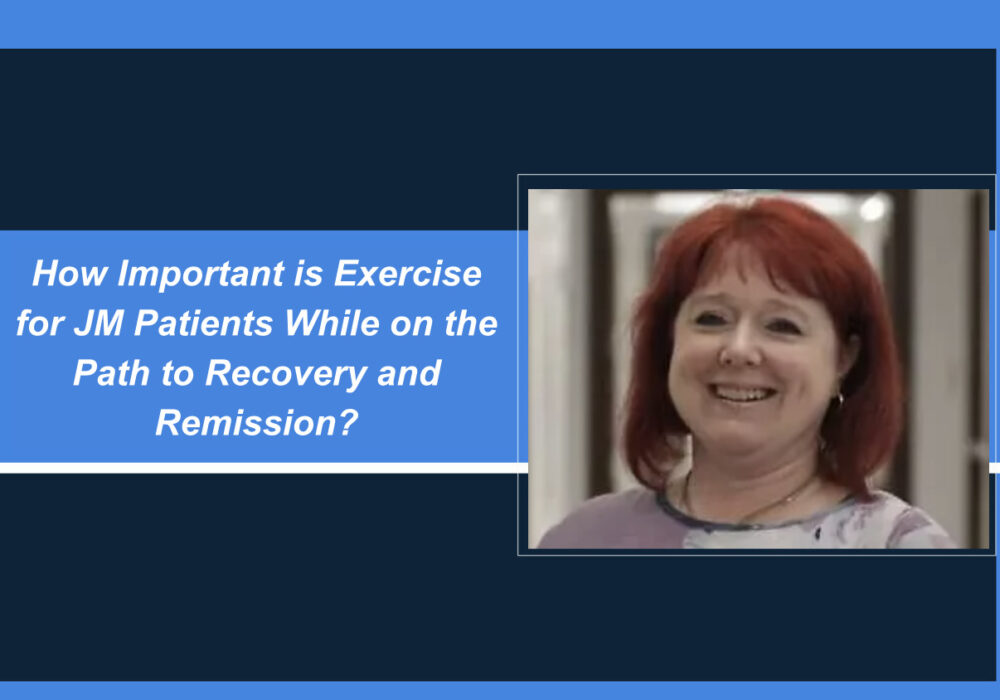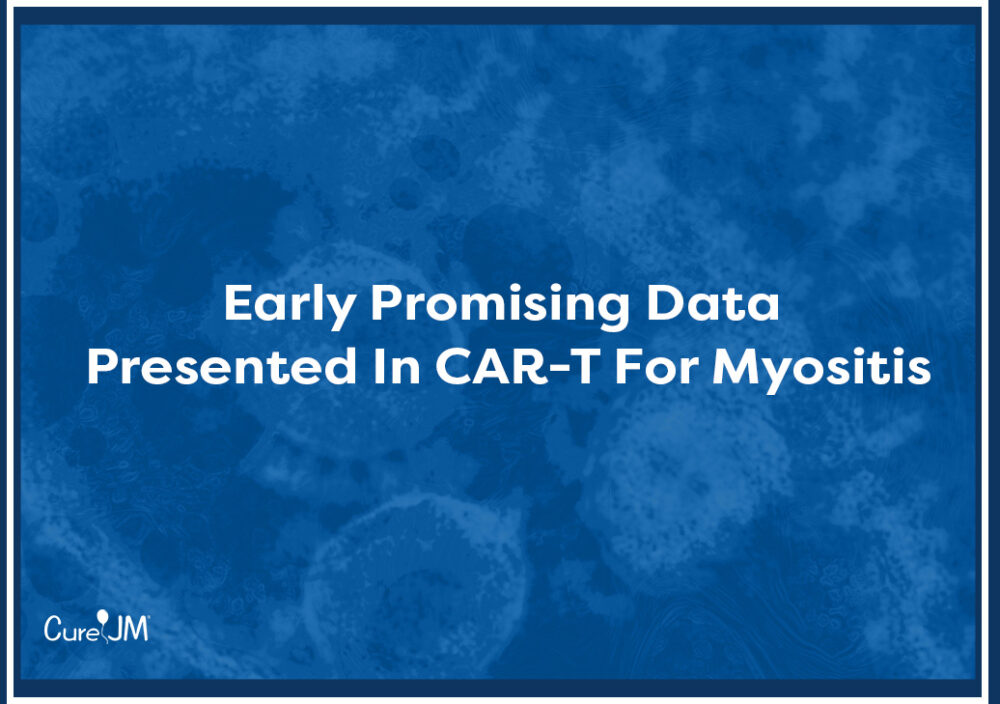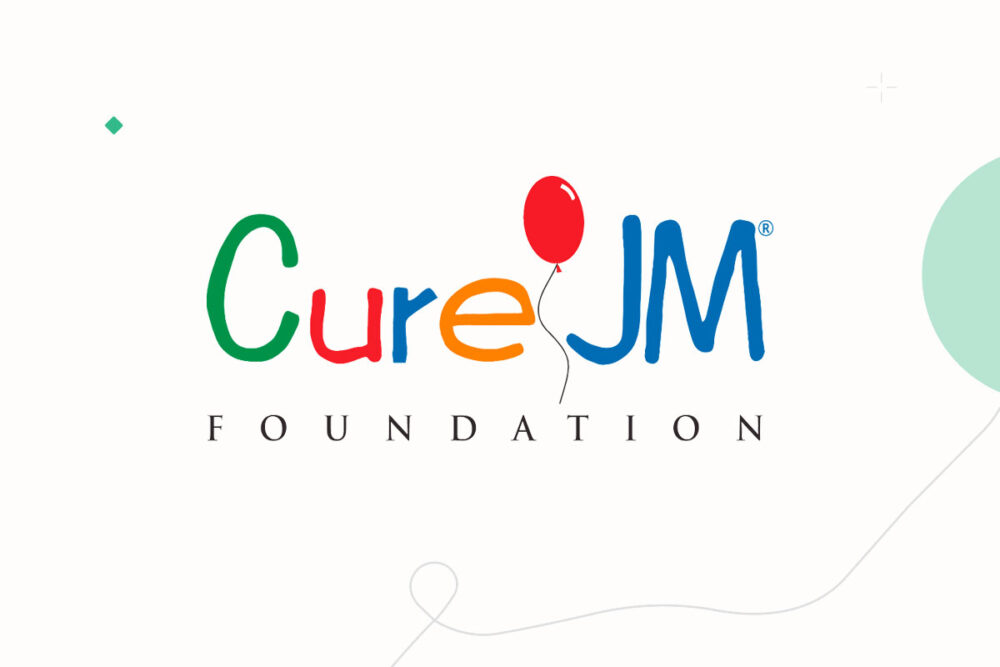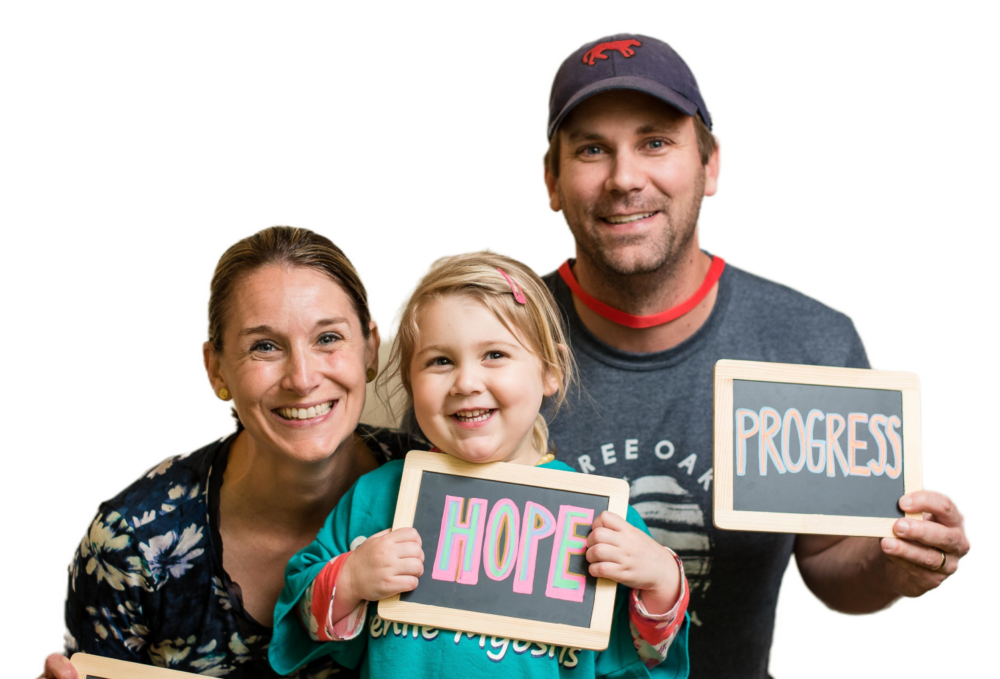Sue Maillard, Clinical Specialist Physiotherapist in Pediatric Rheumatology and Musculoskeletal Pain
Juvenile myositis patients and parents of children with JM often ask how important exercise is while on the path to recovery and remission.
That question was recently addressed at the Global Conference on Myositis presentation and in a video with Cure JM by physical therapist Sue Maillard, a foremost expert, clinical specialist and physiotherapist in Pediatric Rheumatology and Musculoskeletal Pain at Great Ormond Street Hospital in London.
Maillard’s approach to physical therapy and exercise is that “exercise is vital,” she said, “and we need to think of it as medicine”—a complement to prednisone, methotrexate, and IVIG. Maillard noted that the right exercise regimen should:
• Repairs muscle damage
• Combats pain and fatigue
• Promotes physical development in children
• Improves psychological health
• Reduces inflammation
• Improves immunity
Maillard notes that structured exercise is safe and should begin as early as possible after diagnosis. “What you want to avoid is muscle atrophy from disuse, which results in lost strength, muscle fiber, and abnormal movement patterns,” which will, in turn, create pain and fatigue and lengthen the road to full recovery. She advises that exercises should start light to moderate but also be progressive as strength is regained.
One of the key scientific objectives is to promote the activation of certain cytokines such as TNF-A, promote the development of new muscle cells, and eliminate old or dead muscle cells, known as apoptosis, from the body. She notes that new muscle cells are created from satellite or “precursor” cells that, when stimulated by exercise, repair and grow muscle fiber.
The “right type” of exercise, Maillard says, should be moderate, progressive, and resistive to stimulate cytokines. “Two times a week is better than once a week, but four times a week is ideal. Once a week is just not enough,” she said. Resistance exercises (e.g., using weights) is better than endurance exercise (running, treadmills), and she advises using lower weights but maximizing the number of repetitions. The ideal number of repetitions is about 30, which can be done all at once or in groups of 10 with a short break in between. Aerobic or endurance exercises can always be added later.
JM patients can work out independently but should start under the guidance of a licensed physical therapist who can assist in developing a safe long-term program to achieve the best possible JM outcomes. Maillard believes it is possible for patients who achieve remission to regain full strength.
“It certainly can and has happened with some of my JM patients,” she says, noting that she has seen many of them flourish with hard work and dedication.For more in-depth information from Maillard, go to the following link and watch the recorded video: https://www.curejm.org/the-importance-of-exercise-in-juvenile-myositis/




